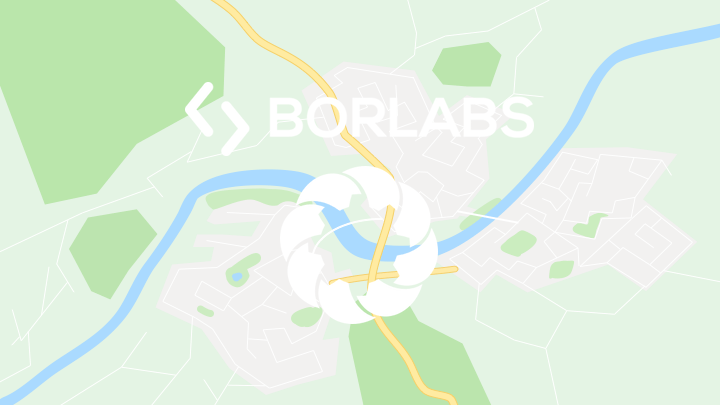UMS SKELDAR, a joint venture between Saab and UMS AERO Group, develops advanced Rotary Unmanned Aerial Vehicle (UAV) platforms. The company is Europe’s leading provider of Remotely Piloted Aircraft Systems (RPAS) across maritime, military and civilian markets where dependable and affordable systems are required.
For the maritime industry, coverage of the Earth’s oceans is a significant task, and one that cannot be easily completed by manned aircraft. To support this, UAVs are being deployed on a growing scale to carry out missions quickly, efficiently and cost-effectively.




